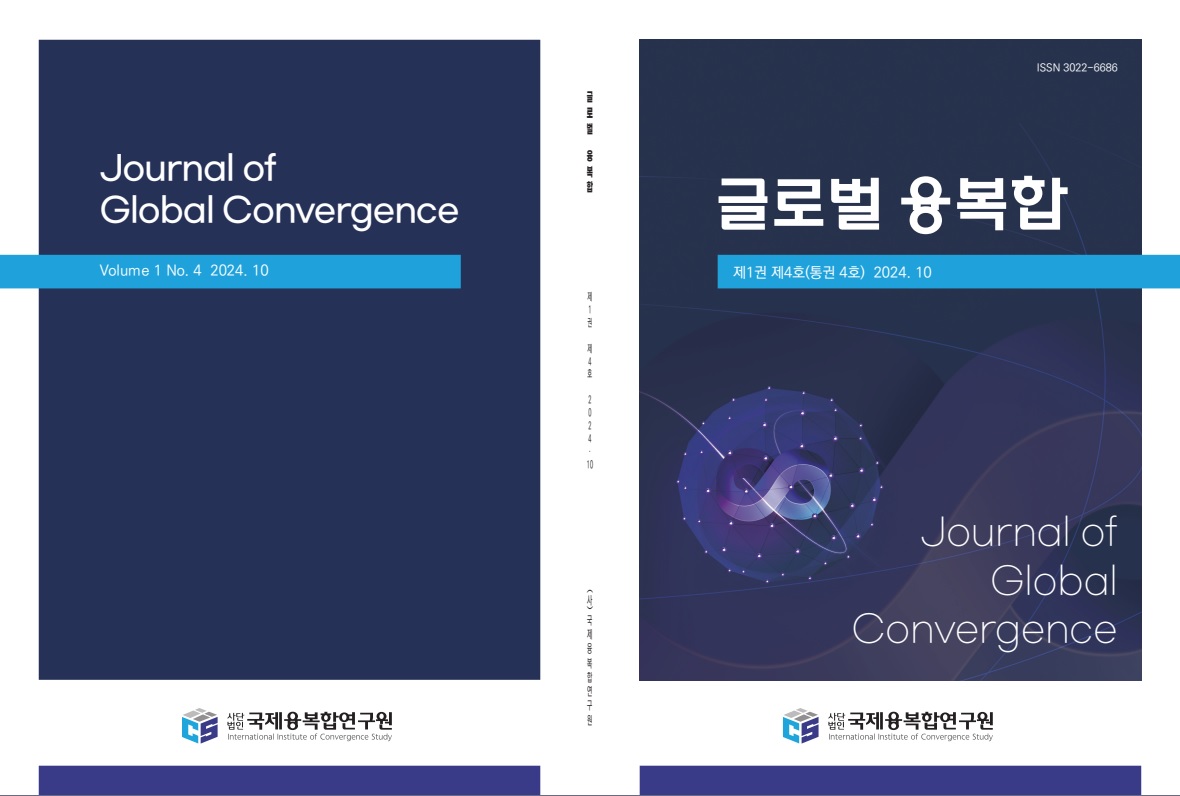한미일 순환배치 확대가 한국의 병력감축 리스크 완화에 미치는 전략적 효과 분석
Strategic Effects of Expanded ROK-US-Japan Rotational Deployment on Mitigating South Korea’s Security Risks from Force Reduction
저자
신원진
Won-Jin Sin
Won-Jin Sin
수록페이지
p.64-77 (14pages)
조회수
94
다운로드
3
- 창간연도
- 2024년 1월
- ISSN
- (Print)3022-6686 , (Online)3022-6651
- 수록권호
- 제2권 3호 (통권 7호)
- 발행일
- 2025.08
- 수록논문
- 20 articles
- 유형
- 학술저널
- 주제
- 사회과학, 자연과학, 예술체육학, 복합학
- 발행기간
- 2024.01 ~ 2025.08
- 발행주기
- 연 4회(계간)
- 총 권호 수
- 6 volumes
- 총 논문 수
- 94 articles
키워드
초록
한반도를 둘러싼 안보환경이 급격히 변화하는 가운데, 한국은 저출산과 고령화로 인한 병력감축 압 박과 북한의 핵위협 고도화라는 이중적 도전에 직면하고 있다. 본 연구는 한미일 순환배치 확대가 이러한 안보 딜레마 해결에 어떠한 기여를 할 수 있는지를 체계적으로 분석하였다. 2020년부터 2025년까지의 정책 변화를 비교분석한 결과, 순환배치 확대는 대체 효과, 승수 효과, 신호 효과, 기술 확산 효과, 비용 효율성 등 다섯 차원에서 긍정적 영향을 미치는 것으로 나타났다. 특히 고품질 미군 전력이 한국군 병력 감소를 상당 부분 보완할 수 있으며, 3국 협력을 통한 시너지 창출이 가능함을 확인하였다. 다만 중국의 반발과 한일관계의 구조적 취약성 등 위험 요인에 대한 신중한 관리가 전제되어야 함을 제시하였다.Amid rapidly evolving security dynamics surrounding the Korean Peninsula, South Korea faces dual challenges of demographic pressures forcing military downsizing and escalating nuclear threats from North Korea. This study systematically analyzes how expanded trilateral rotational deployment can contribute to resolving this security dilemma. Through comparative analysis of policy changes from 2020 to 2025, the research demonstrates that expanded rotational deployment generates positive effects across five dimensions: substitution effects, multiplier effects, signaling effects, technology diffusion effects, and cost efficiency. The findings reveal that high-quality U.S. forces can substantially compensate for reductions in Korean military personnel, while trilateral cooperation enables significant synergy creation. However, the study emphasizes that careful management of risk factors, including Chinese opposition and structural vulnerabilities in Korea-Japan relations, remains essential for policy success. The research contributes to understanding how traditional bilateral alliance systems can evolve into effective multilateral security frameworks in response to changing demographic and strategic realities.
참고문헌 (0)
- 이전논문공중발사형 무인 협력 전투기(CCA)의 전략적 효과성과 위험 평가: 미 공군 차세대 공중전 체계의 혁신과 도전 Strategic Effectiveness and Risk Assessment of Air-Launched Collaborative Combat Aircraft: Innovation and Challenges in the U.S. Air Force Next-Generation Air Combat System
- 다음논문한국 초음속 미사일 시대의 한국형 통합공중미사일방어(IAMD) 체계 연구: L-SAM II 중심의 다층방어 운용개념과 정책방향 Development of Korean Integrated Air and Missile Defense (IAMD) System in the Hypersonic Era: Multi-layered Defense Operational Concept and Policy Directions Centered on L-SAM I
 (사)국제융복합연구원
(사)국제융복합연구원